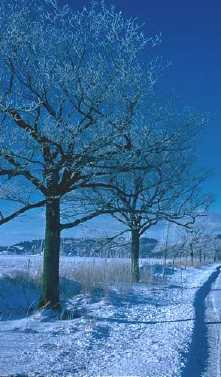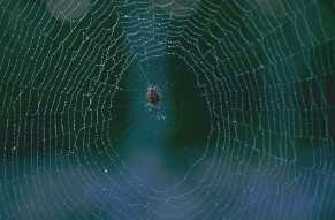Two ways to stalk the divine: "The first is not what you think of as true stalking, but it is the Via negativa, and as fruitful as actual pursuit. When I stalk this way...I put myself in the way of the creature's passage...and wait, emptied...I am Buddha under the bo. Stalking the other way, I forge my own passage seeking the creature. I wander the banks; what I find, I follow...I am Jacob wrestling with the angel. (p. 184)"
"I was standing more or less in a bush. I was stock-still, looking deep into Tinker Creek from a spot on the bank opposite the house, watching a group of blue-gills stare and hang motionless near the bottom of a deep, sunlit pool. I was focused for depth. I had long since lost myself, lost the creek, lost everything but still amber depth. All at once, I couldn't see. And then I could: a young muskrat had appeared on top of the water, floating on its back. Its forelegs were folded langorously across the chest; then sun shone on its upturned belly. Its youthfulness and rodent grin...made it an enchanting picture of decadence, dissipation, and summer sloth...But in my surprise at having the light come on so suddenly, and at having my consciousness returned to me all at once and bearing an inverted muskrat, I must have...moved and betrayed myself. The kit...righted itself so that only its head was visible above the water, and swam downstream, away from me. (p.190-1)"
|
Light and Fire - these are used to express God's presence in the material world and the experience of unity or illumination.
"a lot of different kinds of brightness." or "an extensive field of light, in which everything appeared...in motion."
"She is greatly astonished, and can scarcely be persuaded to answer, stands speechless in front of the tree, which she only names on taking hold of it, and then as `the tree with the lights in it."
"Then one day I was walking along Tinker Creek thinking of nothing at all and I saw the tree with the lights in it. I saw a backyard cedar where the mourning doves roost charged and transfigured, each cell buzzing with flame. I stood on the grass with the lights in it, grass that was wholly fire, utterly focused and utterly dreamed. It was less like seeing than like being for the first time seen, knocked breathless by a powerful glance. The flood of fire abated, but I'm still spending the power..."
"the berry flashed in the sun and glowed like a coal from some forge or cauldron of the gods."
"I return from the same walk a day later scarcely knowing my name. Litanies hum in my ears...alleluia! I cannot cause the light; the most I can do is try to put myself in the path of it beam. It is possible, in deep space, to sail on a solar wind. Light, be it particle or wave, has force: you rig a giant sail and go."
Air, Wind, the Clouds, and the Sky - these images are used to express God's presence in the material world and the experience of unity or illumination.
"A wind like this does my breathing for me; it engenders something quick and kicking in my lungs."
"Something wholly new rides the wind, something fleet and fleeting that I'm likely to miss."
"On the planet the winds are blowing: the polar easterlies, the westerlies, the northeast and southeast trades...Lick a finger, feel the now"
The Earth - the rocks and soil and cliffs and craters, etc. - are the unchangeable nature of god - god's enormous presence in the material world and role as a stable foundation, and the source from which we spring and will return. Mountains - specifically, are referred to as the source of mystical insight - where revelation comes from.
"I have since only rarely seen the tree with the lights in it. The vision comes and goes, mostly goes, but I live for it, for the moment when the mountains open and a new light roars in spate through the crack, and the mountains slam."
"I don't come to the creek for sky unmediated, but for shelter. My back rests on a steep bank under the sycamore; before me shines the creek..."
Water, particularly Tinker Creek itself - represents the gift of life - and the abundance of grace.
"The sharks I saw roving up and down the coast. If the sharks cease roving, if they still their twist and rest for a moment, they die. They need water pushed into their gills; they need dance." "...as a tree blasts into leaf sprouting water hurled up from its roots."
Note: not only are these images used as symbols to represent the transcendent characteristics of the divine, they are, in effect used to convey the actual real manifestation of the divine in our material world. (That is to say, the wind not only represents the god's creative power - it is the divine expressing itself in the wind.)
Other reoccurring images to consider when reading Pilgrim at Tinker Creek: shadows, snakes, gifts, the muskrat, fish
|






